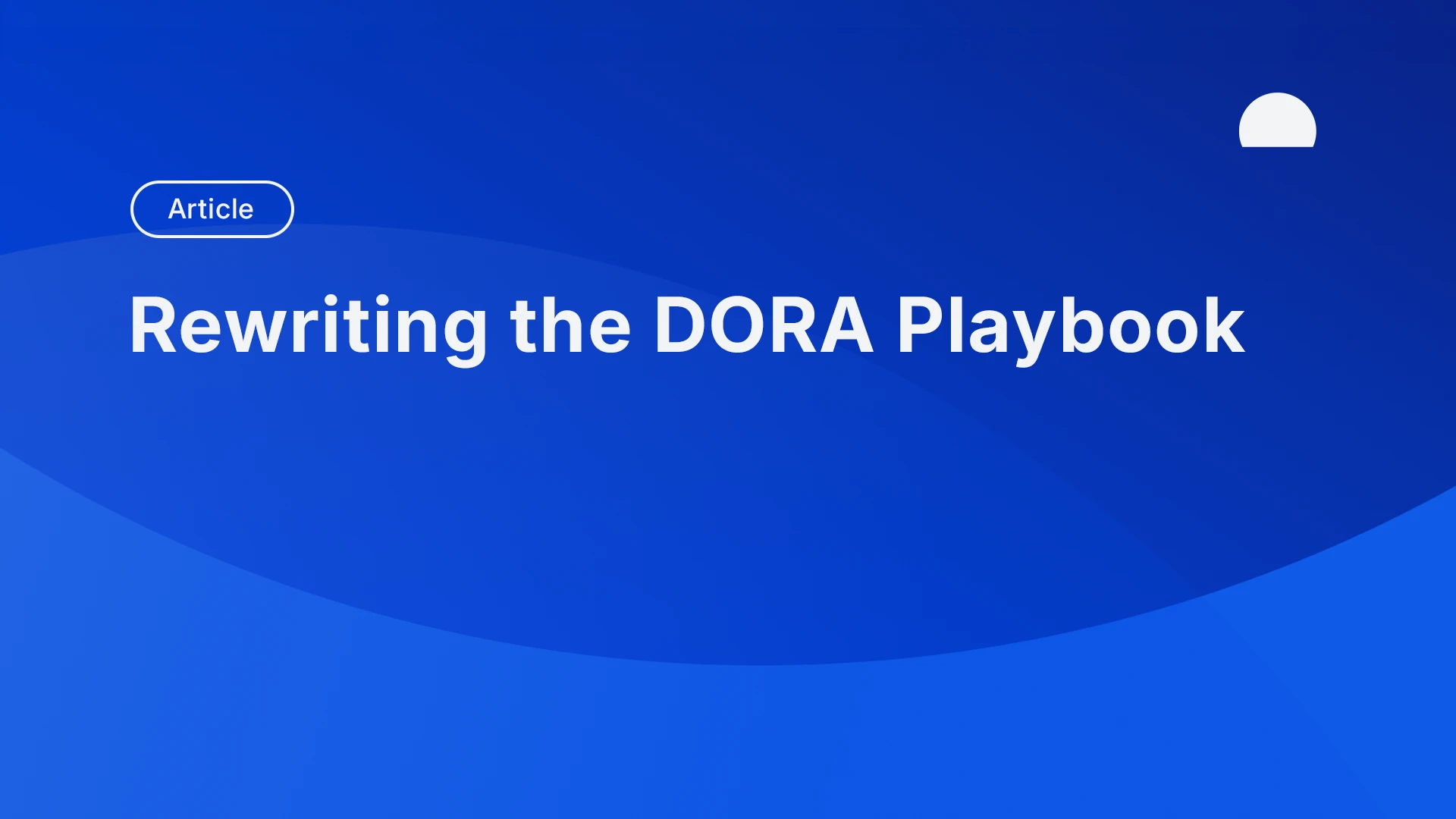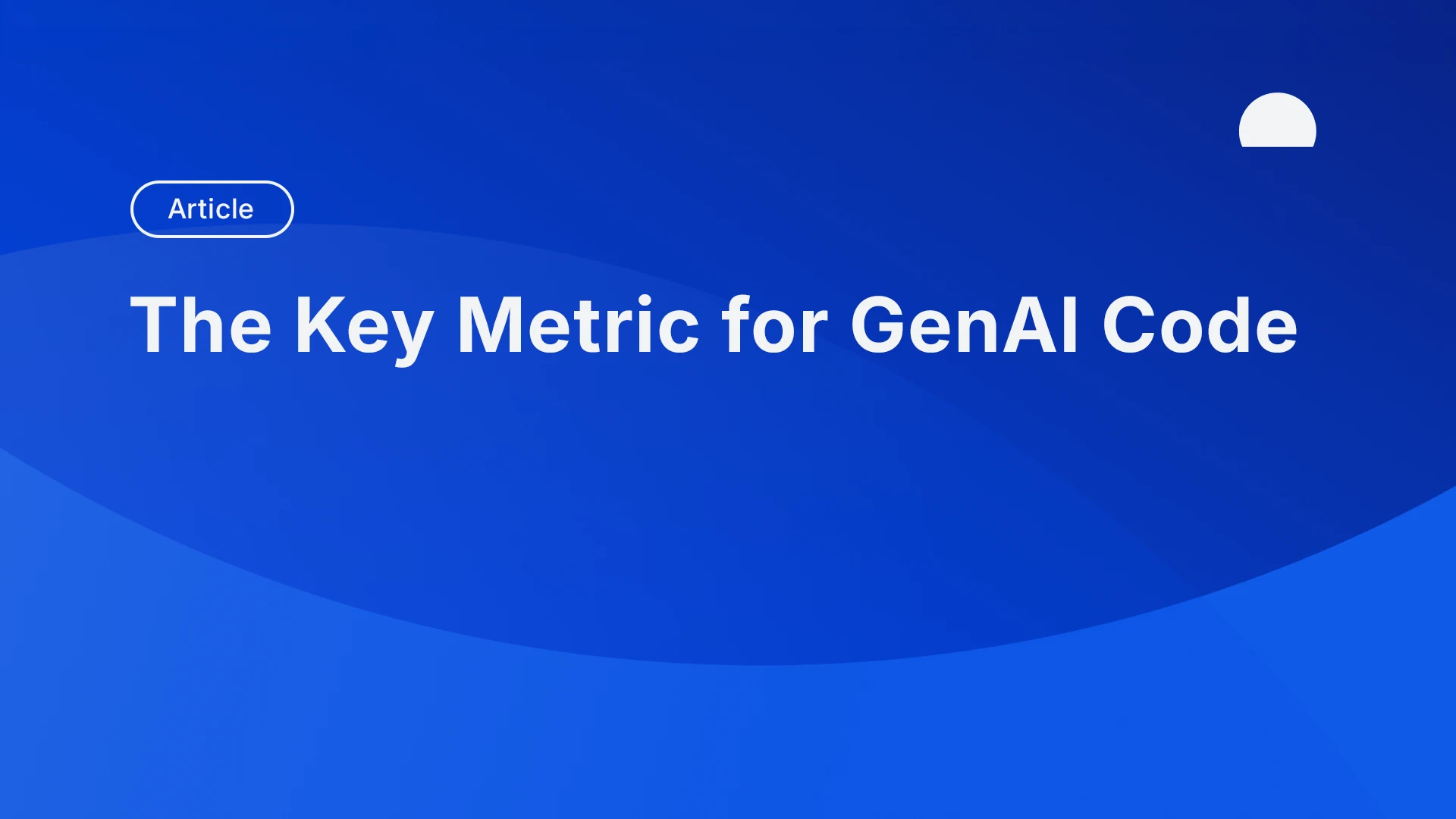Navigating Vendor Handovers: How to Manage Code Complexity and Improve Quality


Introduction
Transitioning software projects from external vendors to internal teams often means inheriting issues that hinder long-term productivity and innovation. Vendor-developed software is frequently designed for short-term functionality rather than long-term maintainability. This leads to an accumulation of code complexity, design flaws, and poor-quality code. Ultimately, this results in post-handover development efforts being significantly more difficult, increasing the time and resources required to stabilise and enhance the codebase.
According to BlueOptima’s Vendor Handover Hazards Report, vendor-heavy repositories show a significant rise in technical debt post-handover, leading to increased refactoring time, slower feature releases, and higher maintenance costs. Without proactive intervention, these challenges can hamper operational efficiency, reduce developer productivity, and introduce security vulnerabilities that put business-critical applications at risk.
This article explores how code complexity, poor design decisions, and quality issues negatively impact vendor transitions and outlines key strategies to mitigate these risks. By implementing structured assessment frameworks and leveraging automated analytics, organisations can ensure a smoother, more cost-effective transition from vendor to internal management.

Understanding Code Complexity and Its Risks in Vendor Transitions
Code complexity refers to the degree of difficulty involved in understanding, modifying, and extending software systems. While some level of complexity is inherent in any robust application, excessive complexity creates real long-term challenges.
Below are several key indicators of problematic complexity in vendor codebases.
High Cyclomatic Complexity
When functions and methods contain too many conditional statements, testing and modifying the code becomes difficult, increasing the risk of logical errors.
Deeply Nested Structures
Excessive nesting makes code harder to read and navigate, slowing down debugging and increasing the likelihood of mistakes.
Tightly Coupled Code
When components are too interdependent, even minor changes can cause failures across the application, making vendor-inherited software fragile and costly to maintain.
Lack of Modularity
Without clear separation of concerns, vendor-developed applications become inefficient, harder to scale, and more challenging to modify.
High complexity in vendor handovers often stems from rushed development, lack of standardised architecture, and minimal internal oversight. BlueOptima’s report shows that excessively complex repositories demand more refactoring, delaying feature delivery and increasing technical debt. McKinsey further confirms that over-engineering and poor documentation are major contributors to failed technology transformations.
Beyond Complexity: Common Design Flaws and Quality Issues in Vendor Code
Vendor-developed software often prioritises speed over long-term maintainability, leading to structural flaws and quality issues that complicate future development. Poorly structured and tightly coupled code makes even minor changes risky, as dependencies between components increase the likelihood of system instability. Compounding this, inadequate documentation forces internal teams to spend valuable time reverse-engineering the software, slowing down onboarding and development.
Security risks are another major concern, with hardcoded secrets such as API keys and passwords often embedded in the code, creating vulnerabilities and compliance risks. Additionally, unoptimised, bloated code is common in vendor projects, as tight deadlines often lead to shortcuts in refactoring and efficiency. These design flaws contribute to technical debt, higher maintenance costs, and slower feature delivery, making it critical for organisations to identify and address them early in the vendor transition process.
The Consequences of Poor Code Quality in Vendor Handovers
The impact of complex, poorly designed vendor code goes beyond technical inconvenience, often it creates financial and operational burdens. Internal teams can spend weeks or months debugging inherited issues, delaying new development and increasing maintenance costs. Poorly structured code demands constant intervention, straining resources and inflating staffing expenses.
Security risks also rise when hardcoded credentials, weak encryption, or misconfigured authentication leave systems vulnerable to cyber threats and compliance violations. BlueOptima’s report highlights one global banking enterprise that faced eight months of refactoring before they could safely integrate new features, resulting in missed market opportunities and higher development costs.
Strategies to Improve Vendor Handover Code Quality
Organisations must adopt structured assessment frameworks and best practices before, during, and after transition. The following strategies can help ensure a smoother, more efficient transition process:
1. Conduct Pre-Handover Quality Assessments
Before vendor departure, organisations should conduct in-depth code audits to identify and address structural weaknesses. BlueOptima’s Developer Analytics provides quantitative metrics on complexity, maintainability, and code quality, allowing organisations to pinpoint critical issues before they become long-term liabilities.
2. Enforce Code Refactoring and Modularisation
Where possible, vendor-developed software should undergo structured refactoring before transition. Teams should prioritise breaking down monolithic structures, decoupling dependencies, and optimising performance to improve maintainability.
3. Implement Code Review and Documentation Standards
Organisations must ensure that vendors adhere to standardised documentation and coding guidelines throughout development. A structured handover should include detailed architecture diagrams, comprehensive API documentation, and a record of known issues with recommended resolutions, ensuring a smoother transition for internal teams.
4. Monitor Long-Term Code Quality and Maintainability
After transition, ongoing quality monitoring is essential to prevent technical debt from accumulating further. BlueOptima’s ART Metric helps organisations track maintainability over time, providing insights into whether inherited vendor code is improving or deteriorating.
Conclusion
Vendor-developed code often comes with excessive complexity, design flaws, and security risks, leading to unwelcome costs and development inefficiencies. Organisations can mitigate these risks by conducting pre-handover code assessments, enforcing quality standards, and leveraging automated analytics.
Download the Vendor Handover Hazards Report to explore these challenges and solutions in detail.


















